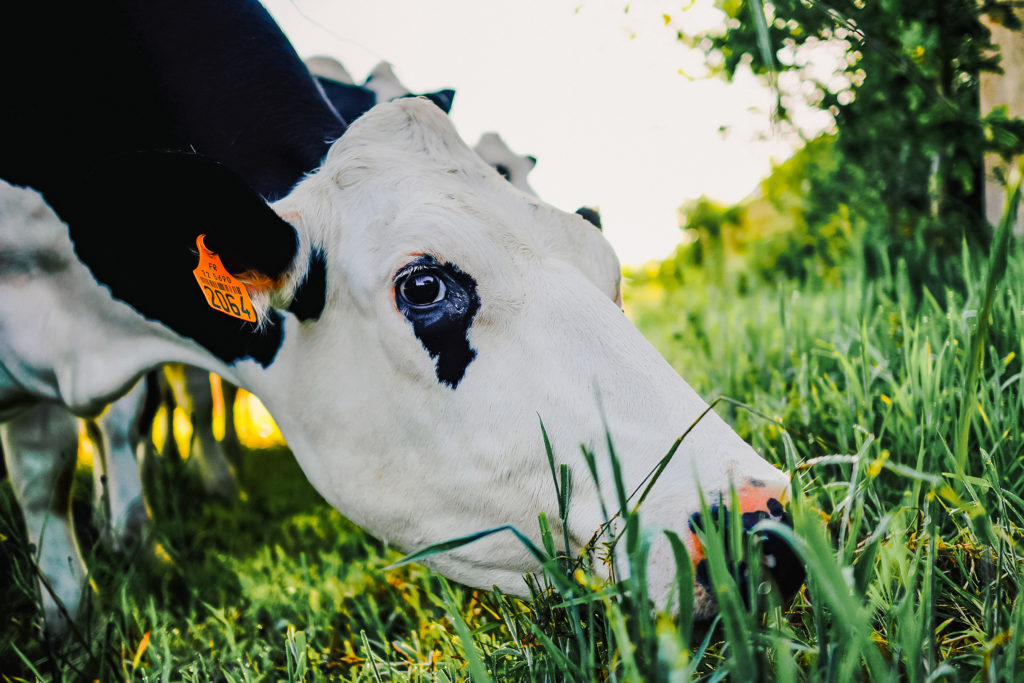We’ve all heard the phrase “eco-friendly” a million times at this point. But have we forgotten what it actually means?
This catch-all term is used far and wide to describe lifestyle choices, food, technology, and products. It is frequently employed interchangeably with similar phrases such as environmentally friendly, green, sustainable, and eco-conscious.
Let’s dive in a bit more. “Eco,” which comes from the Latin “oeco,” or household, typically refers to a habitat, ecosystem, or the earth in general. According to the Cambridge Dictionary, “eco-friendly products have been designed to do the least possible damage to the environment.”
In terms of lifestyle, personal choices, and even production methods, eco-friendly generally implies better practices, materials, and methods that reduce an individual’s, company’s, or product’s overall environmental impact. This might take the form of carbon emissions reduction, ethical sourcing of materials and labor, or sustainable ingredient production.
But, much like other sustainability-related buzzwords, eco-friendly has become a modern greenwashing catchphrase. There is no legal definition or set framework surrounding it, and it has become a useful tool in the selling of consumer goods and services — and yes, some are truly sustainable, but quite a few are not. So does this mean we need to stop using it?
Why do people say “eco-friendly?”
Phrases like eco-friendly remain useful catch-all descriptors for people looking to live and consume as sustainably as possible, in that it implies minimal environmental impact. Ideologically, it originates in more cohesive concepts such as that of sustainability.
The word sustainability was first coined in German in the early 1700s in reference to ethical forestry. “Nachhaltigkeit,” or sustained yield, means never removing more wood than a forest can naturally regenerate. In other words, it refers to sustainable interaction with the natural environment.
While the broad concept of a sustainable yield has existed around the world — and in various cultures — for much longer, the word sustainability has been in regular use in the West since then and is frequently employed in any context pertaining to resource conservation, protection, and sustainable development.
Sustainable development refers to the balancing of the economic needs of the present with the continued existence of natural resources for future generations, as laid out in the Brundtland Commission’s 1987 report Our Common Future, published by the United Nations. In its broadest sense, sustainable development seeks to be ethical and — yes — eco-friendly.
The Brundtland report specifically referenced the need for intergenerational equity. Something that has been repeatedly highlighted by modern youth climate activists who will face the very worst effects of climate change. Proponents of sustainable development maintain that this approach mitigates the worst consequences of resource consumption. While critics argue that there is no way to sustainably use and consume finite natural resources.

What is greenwashing?
In much the same way, eco-friendly aspirations, goals, and clever PR may not be enough to compensate for inherently destructive industries. And the vast majority of products and services marketed as eco-friendly have a greater environmental impact than advertised, even if some environmental concessions have been made. This is greenwashing.
Greenwashing refers to companies intentionally presenting their products or services as better for the environment than they really are. As the full impact of the climate crisis looms and sustainability and environmentalism permeate the mainstream, many companies are attempting to capitalize on this growing demand for sustainable and ethical products.
But this is not a new phenomenon. “Woke-washing,” in general, can be traced back to the invention of public relations itself in the early 1900s. One example: the American Tobacco Company famously co-opted the women’s rights movement in order to sell Lucky Strike cigarettes in 1929.
The history of woke-washing
As Guardian columnist Owen Jones says in his 2019 article on woke-washing, many “companies are driven by the profit motive, not changing the world.”
In November 2020, oil and gas multinational Shell — well-known for various controversies and multiple oil spills — asked its Twitter followers what they were willing to change to help reduce emissions. Over 6,000 people responded, including U.S. Congresswoman Alexandria Ocasio-Cortez and teenage climate activist Greta Thunberg.
Many accused the fossil fuel giant of attempting to shirk responsibility with greenwashing. Particularly in light of internal documents from the 1980s that showed explicit knowledge of the company’s role in exacerbating climate change.
Ocasio-Cortez commented: “I’m willing to hold you accountable for lying about climate change for 30 years when you secretly knew the entire time that fossil fuels emissions would destroy our planet.”
In instances such as this, a company’s words are in direct conflict with its actions. One particular example of woke-washing outlined by Jones is the Serena Williams-fronted promotion by sports brand Nike. The advertisement aimed to be an inspiration for women’s empowerment.
But, simultaneously, Nike-sponsored athlete Alysia Montaño called out the company over its lack of paid maternity leave. Thereby highlighting the significant disparity between the brand’s message and its actual treatment of employees.

Greenwashing meat
Ultimately, both woke-washing and greenwashing are problematic because they persuade well-meaning consumers to make purchases they perceive are ethical, but may not be. This phenomenon is notably visible in the meat and dairy industries.
Organic meat, in particular, is frequently thought to be better for the environment. But studies indicate that the greenhouse gas emissions from conventional and organic farming are comparable. Organic dairy farming did produce fewer emissions than typical methods. But the organic farming of vegan food produced the least greenhouse gases of all.
The meat and dairy industries frequently label products as “ethical” and “free-range.” Implying high standards of both welfare and sustainability. However, regardless of production methods, the environmental impact of animal agriculture is clear. The UN’s Food and Agriculture Organization states that farming animals produces 14.5 percent of total global greenhouse gas emissions.
Farms that use “high-welfare” labels also frequently fall short of the ethical standards expected by customers. Free-range sheds are permitted to contain up to nine birds per square meter. While the euthanasia of male chicks is commonplace throughout poultry farming.
Industry whistleblowers such as PETA and Viva! frequently carry out exposes on high-welfare producers, such as those covered by the UK’s Red Tractor assurance scheme. This scheme, in particular, has now been the focus of several high-profile animal cruelty investigations.
The food industry, in general, struggles to align modern animal agriculture—and specifically its enormous scale—with growing concerns about animal welfare, human health, and the environment.

How to check if a product is really eco-friendly
The Federal Trade Commission has been producing Green Guides to help fight false claims since 1992. And in 2007, marketing firm TerraChoice first outlined what it called the six “sins” of greenwashing.
The six points include the trading off of benefits by making small environmental concessions without meaningfully targeting the company’s impact. Or addressing the inherent harm of a particular product, such as tobacco.
Companies may also make unsubstantiated or meaningless environmental claims with no actual evidence or transparency. Irrelevant call-outs and vague language — including descriptors such as “eco-friendly” — without substantiation are also on the list, as is outright lying.
In light of these deceptive practices, the easiest way to ensure your choices are ethical is to research companies yourself. Focusing on key claims, goals, and prior accomplishments can help differentiate between buzzwords and genuine actions.
Key areas to look into might include supply chain transparency, such as exactly where a company’s “ethically sourced” ingredients originate. The cocoa and coffee bean trades are good examples of this. And many small producers even include the names of their growers and distributors on the packaging.
Whether workers are well-treated and able to unionize is important too. While environmental concerns such as recycling schemes, reusable or compostable packaging, and how far products are transported contribute significantly to a company’s overall environmental footprint.
External certifications and labels are useful indicators of a company or product’s environmental credibility. B-Corporations are also a good sign, as they represent private, voluntary certifications of social and environmental performance. Once again, this type of specificity shows both willing transparency and a demonstrable, evidence-based desire to do better.

Buying green vs. buying less
In the search for true eco-friendly products, thinking about how you buy is just as important as what you buy and who you buy it from. Perhaps you can buy second-hand, rent, repair, or borrow. With a little research, you can find brands committed to zero-waste—from beauty to home goods. You may even try making products and household items at home, instead of purchasing something new.
While buying a green product can make a huge difference, studies show that not buying it at all—and buying less in general—is infinitely more eco-friendly.


